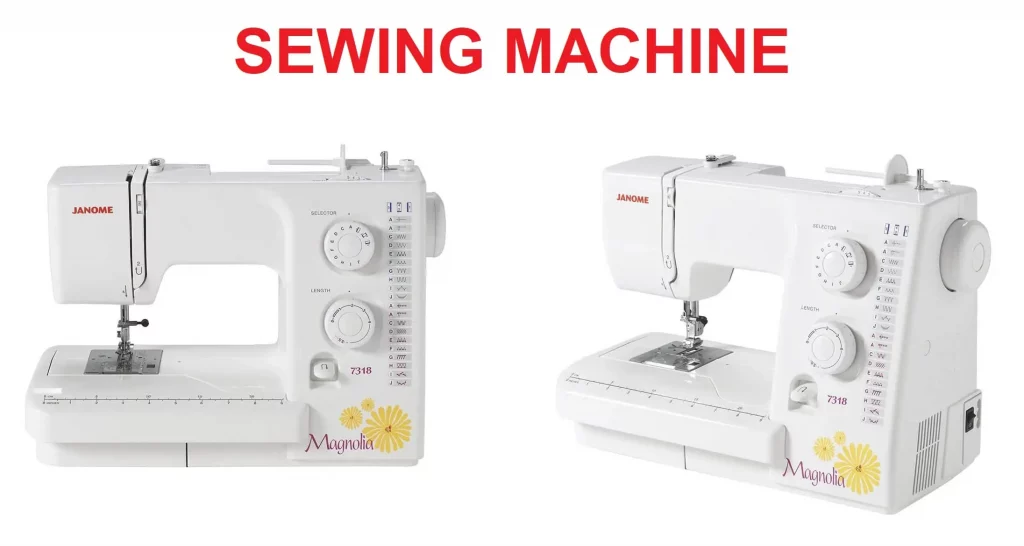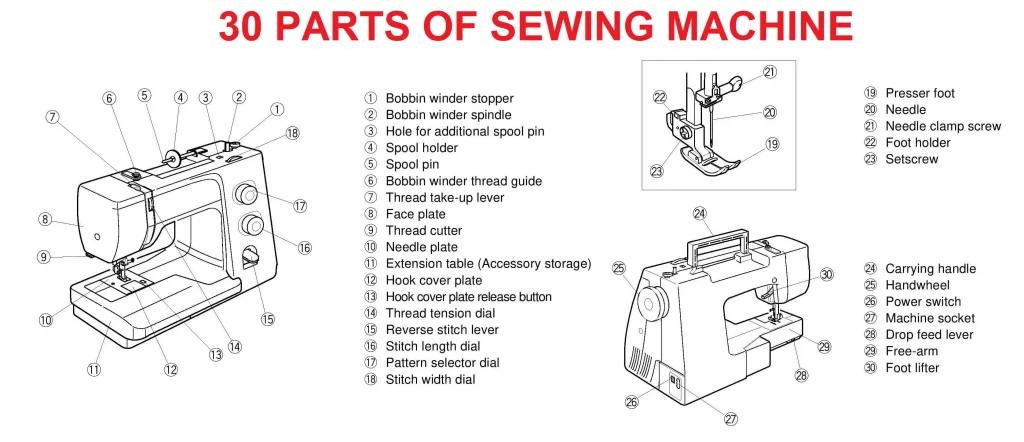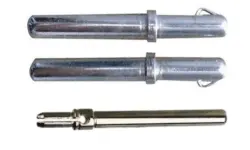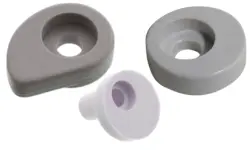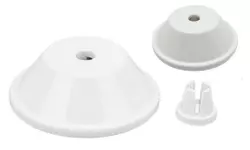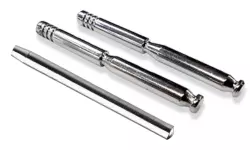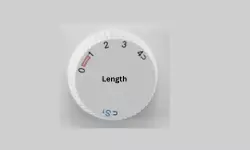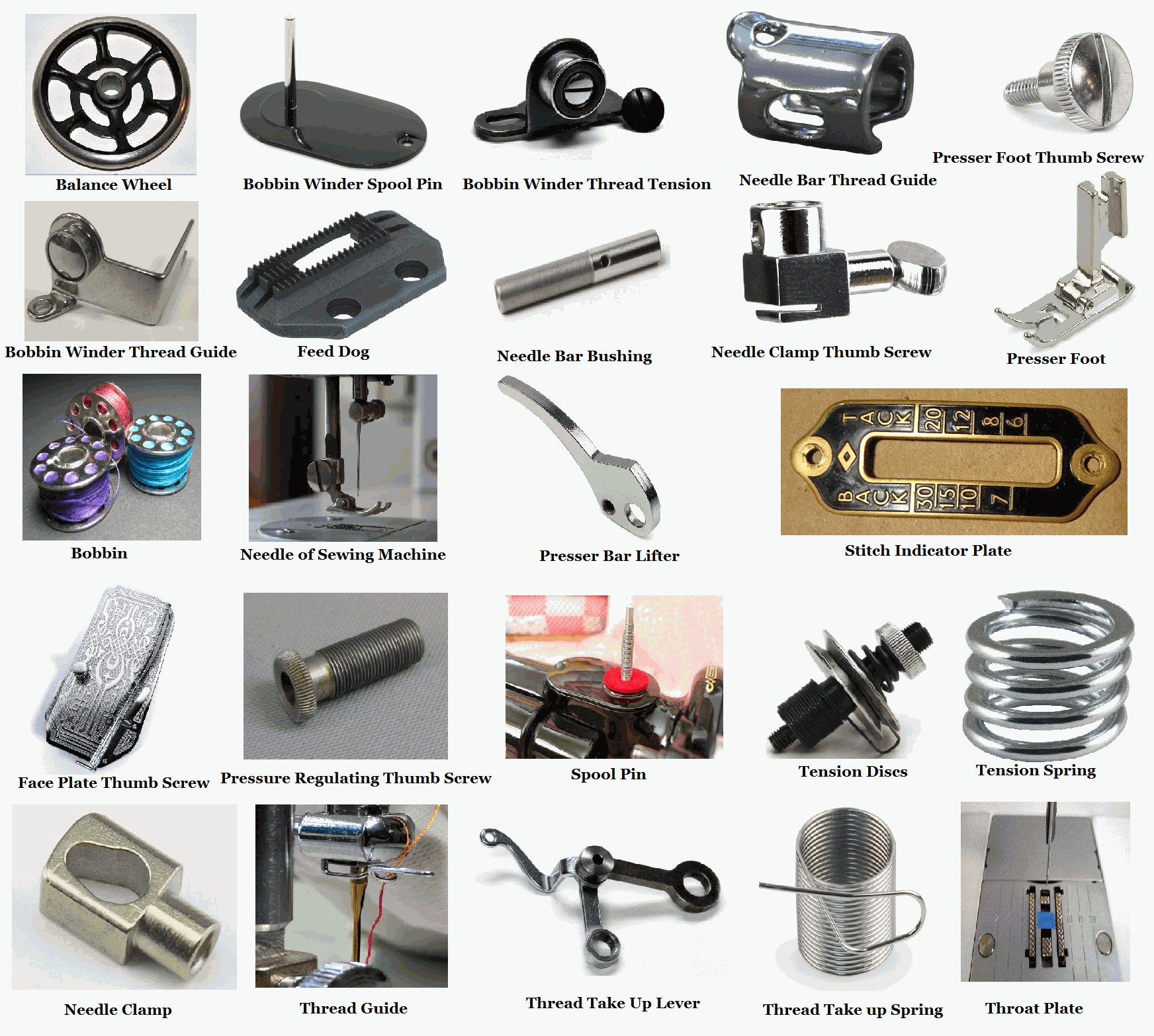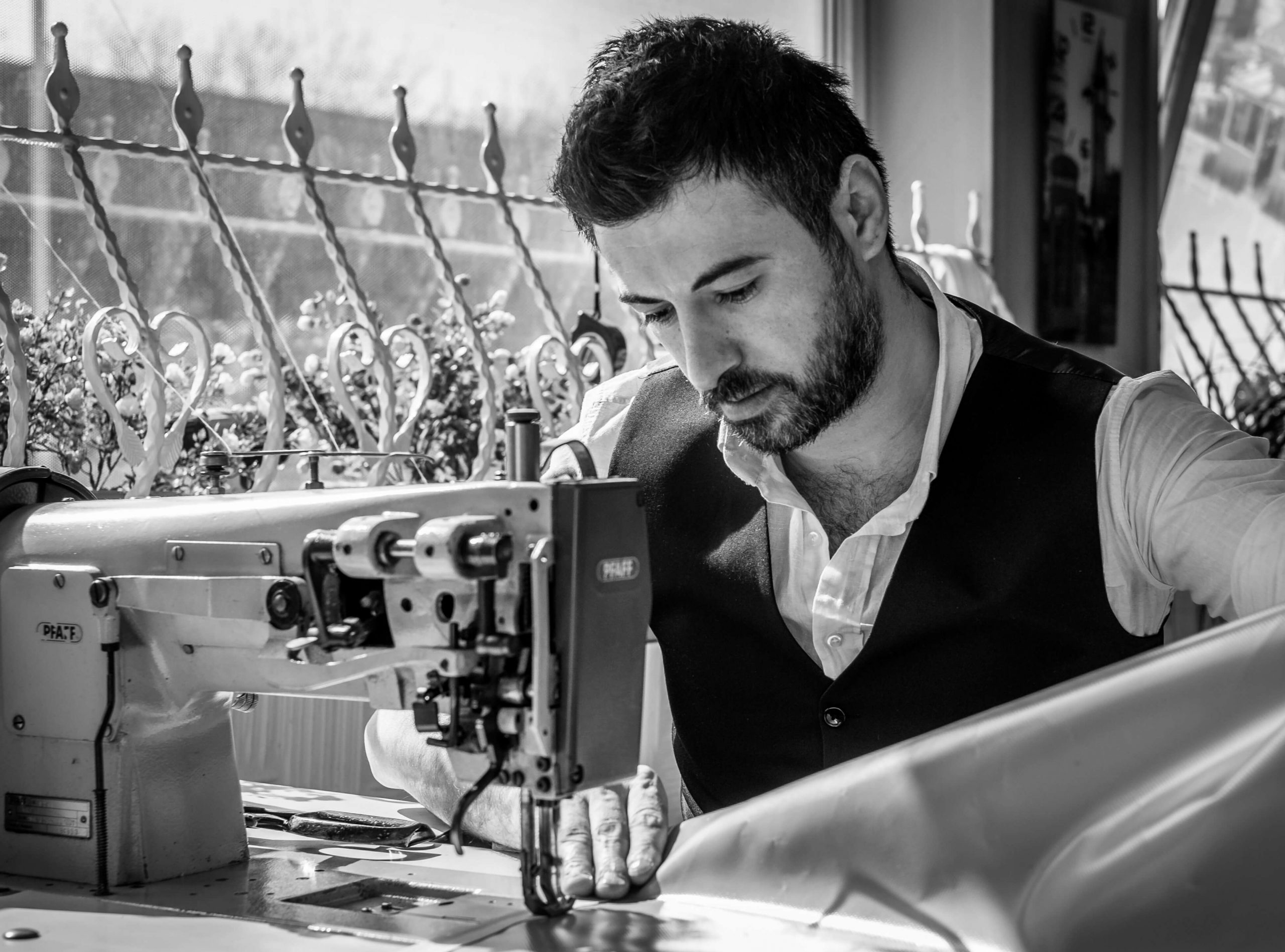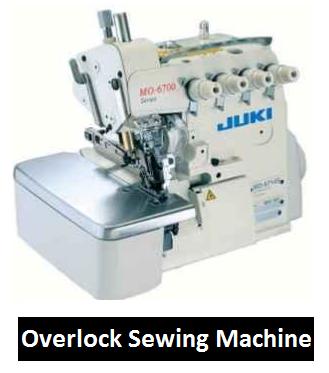A sewing machine has several parts which have their own functions. In this article, you will understand the 30 parts of sewing machine and their functions with pictures.
Parts of Sewing Machine
- Bobbin winder stopper
- Bobbin winder spindle
- Hole for additional spool pin
- Spool holder
- Spool pin
- Bobbin winder thread guide
- Thread take-up lever
- Face plate
- Thread cutter
- Needle plate
- Extension table
- Hook cover plate
- Hook cover plate release button
- Thread tension dial
- Reverse stitch lever
- Stitch length dial
- Pattern selector dial
- Stitch width dial
- Presser foot
- Needle
- Needle clamp screw
- Foot holder
- Setscrew
- Carrying handle
- Hand wheel
- Power switch
- Machine socket
- Drop feed lever
- Free-arm
- Foot lifter
Functions of Sewing Machine Parts
In this section, you will understand the functions of each part with a short description.
Bobbin winder spindle
A spindle is a cylinder-type material that is the main part of a bobbin where the sewing threads are winded.
Bobbin winder stopper
At the time of winding of sewing threads, the winding process needs to stop when the bobbin is full or filled with the desired level.
Bobbin winder thread guide
To retain some tension while winding the bobbin with sewing threads a bobbin winder thread guide is used. Which actually helps winding of threads and keep them in the right place in the bobbin.
Spool holder
The spool holder is an integral part of a sewing machine that holds the spool to the right place and moves the spool smoothly so that the sewing thread is not torn apart.
Spool pin
A spool pin is a round shape and it is a very small part of a sewing machine (ranges between 2 to 4 inches) made of plastic/metal.
Hole for additional spool pin
While you are sewing with different colors of threads and you are required to change the threads you can keep the extra spool in this section. Which provides you working the flexibility of sewing operations.
Thread take-up lever
Thread take-up lever help to pull the thread from the spool to feed it through the machine and lifts the thread back up out of the cloth after a stitch has been made. At the time of sewing this part goes “up and down” to pull the thread.
Thread cutter
The thread cutter is located on the underside of a needle plate where there is a needle hole that cuts needle and bobbin threads located between a piece of cloth and a rotary hook.
Thread tension dial
The thread tension dial is used to regulate the tension discs to tighten or loosen at the time of sewing. This dial helps to stitch properly by maintaining the proper tension level.
Face plate
Face plate is used to cover the oiling points of the needle bar, presser bar, and thread take-up lever. This project is from the unwanted contact of needle bar, pressure bar, and any other foreign particles.
Extension table
The extension table is used as accessory storage which is located in the bottom front part of the sewing machine. You can keep your required sewing accessories here in this box.
Hook cover plate
Hook cover plant is a transparent plastic that goes on a needle plate and covers the bobbin of your sewing machine.
Hook cover plate release button
Hook cover plate release button is used when you want to open the hook cover plate.
Pattern selector dial
Various types of sewing patterns are encoded in the memory cheap of the sewing machine and according to your need, you may select any pattern to sew. The pattern selector dial is used to change and select the pattern.
Stitch length dial
The length of each stitch is assigned by the stitch length dial, this one is a very effective dial because you can adjust the gap between stitches according to your preference.
Stitch width dial
Similar to the stitch length dial here you can set the width of each stitch of the sewing machine.
Reverse stitch lever
This option of a sewing machine helps to reverse the stitching. With reverse stitches, the stitching is done in the opposite direction
Presser foot
A pressure foot is used with the sewing machine to hold the fabric flat as it is fed through the needle and stitched which helps to stitch straight.
Needle
Every sewing machine whether it is manual or automatic should have a needle on it because this the core thing that goes in and out of the fabric to sew the stitch. The size of a needle can vary depending on the machine model and fabric type.
Needle plate
The needle plate is located under the needle and presser foot. There are feature holes that allow the needle to pass through as stitches are going on. Needle plat varies sewing machine to machine and model to model.
Needle clamp screw
The needle clamp screw holds the needle in the right place in the sewing machine. It is also used for unscrewing, replacing the needle, and screw back into place.
Setscrew
Foot holder is attached to the body and the setscrew help to attach the foot holder.
Carrying handle
This is a special part that is not present in every sewing machine, but if it has then you can easily carry the sewing machine by holding the handle.
Hand wheel
You can find this wheel in the back part of the sewing machine which is used for slowly turning the needle by hand while you want to stitch the corner point of the fabric.
Power switch
The power switch is only available in an electronic sewing machine. It is actually used to power on/off. Before starting the sewing, you must have to power the machine and after use, it is better to switch off the power using a power switch.
Machine socket
Every electric sewing machine has one socket in which a cable is used to connect to the power. This power will help to run the sewing machine motor.
Drop feed lever
The drop feed lever is used to lower the feed dogs so that you can do free motion and no longer make contact with the material.
Free-arm
A free arm is available with many sewing machines where a removable part is removed. The free arm makes it possible to sew those hard-to-reach areas like pants hems, cuffs, children’s clothing, and other smaller projects.
Foot holder
A foot holder is a special type of part of a sewing machine to hold the pressure foot.
Foot lifter
A foot lifter is also known as a pressure foot lifter which is used to lift the pressure from the footplate to move the fabric.

